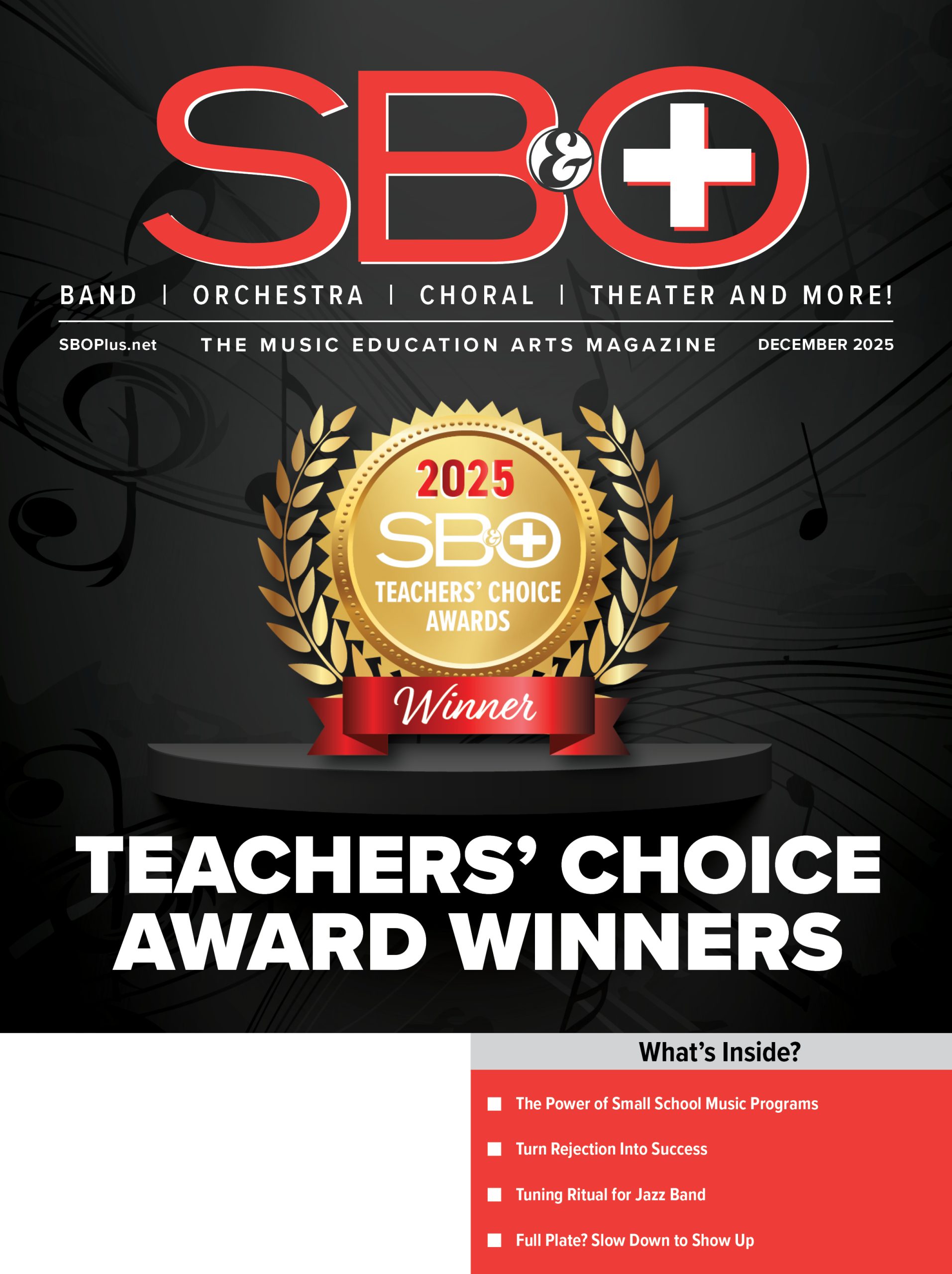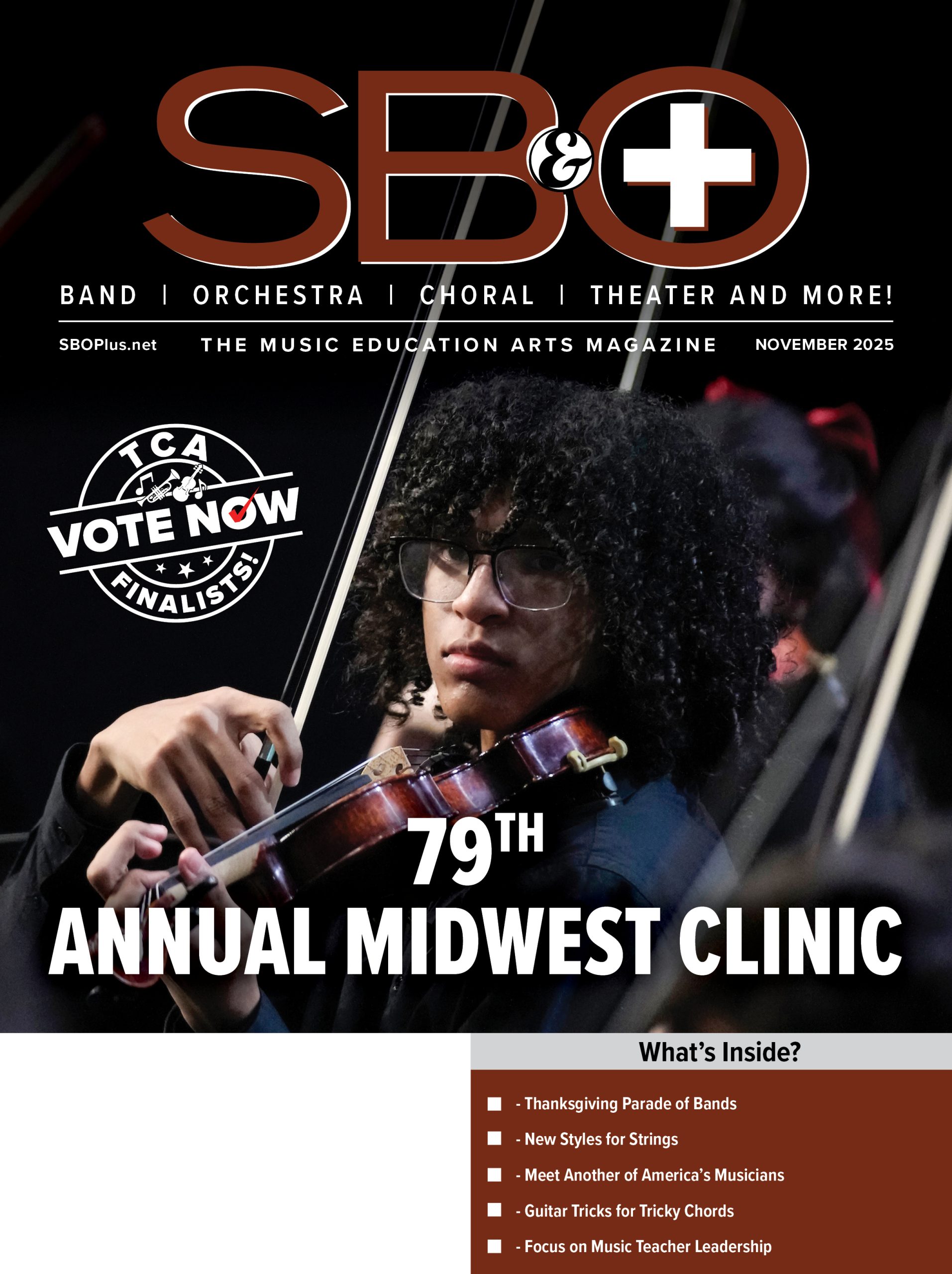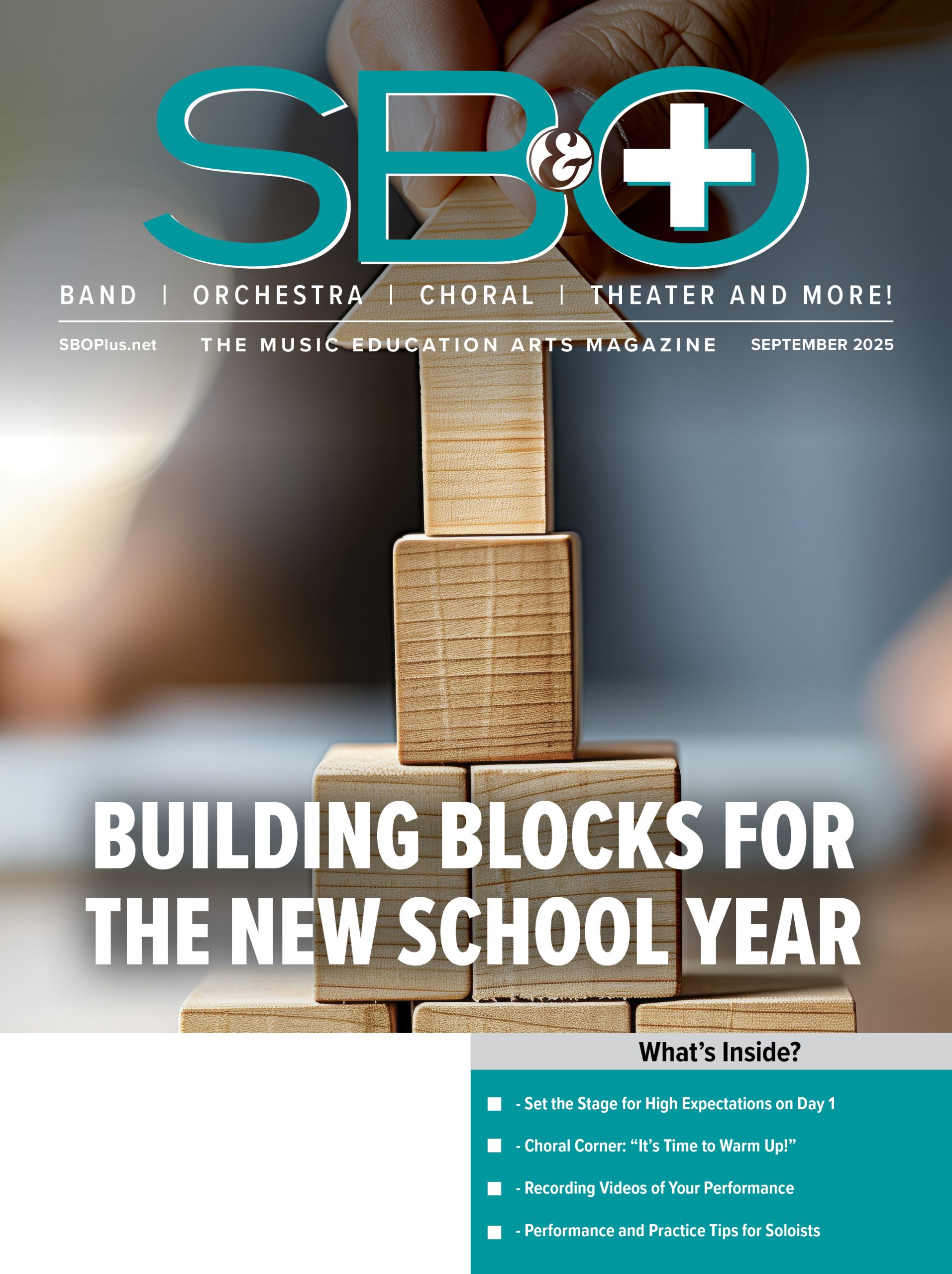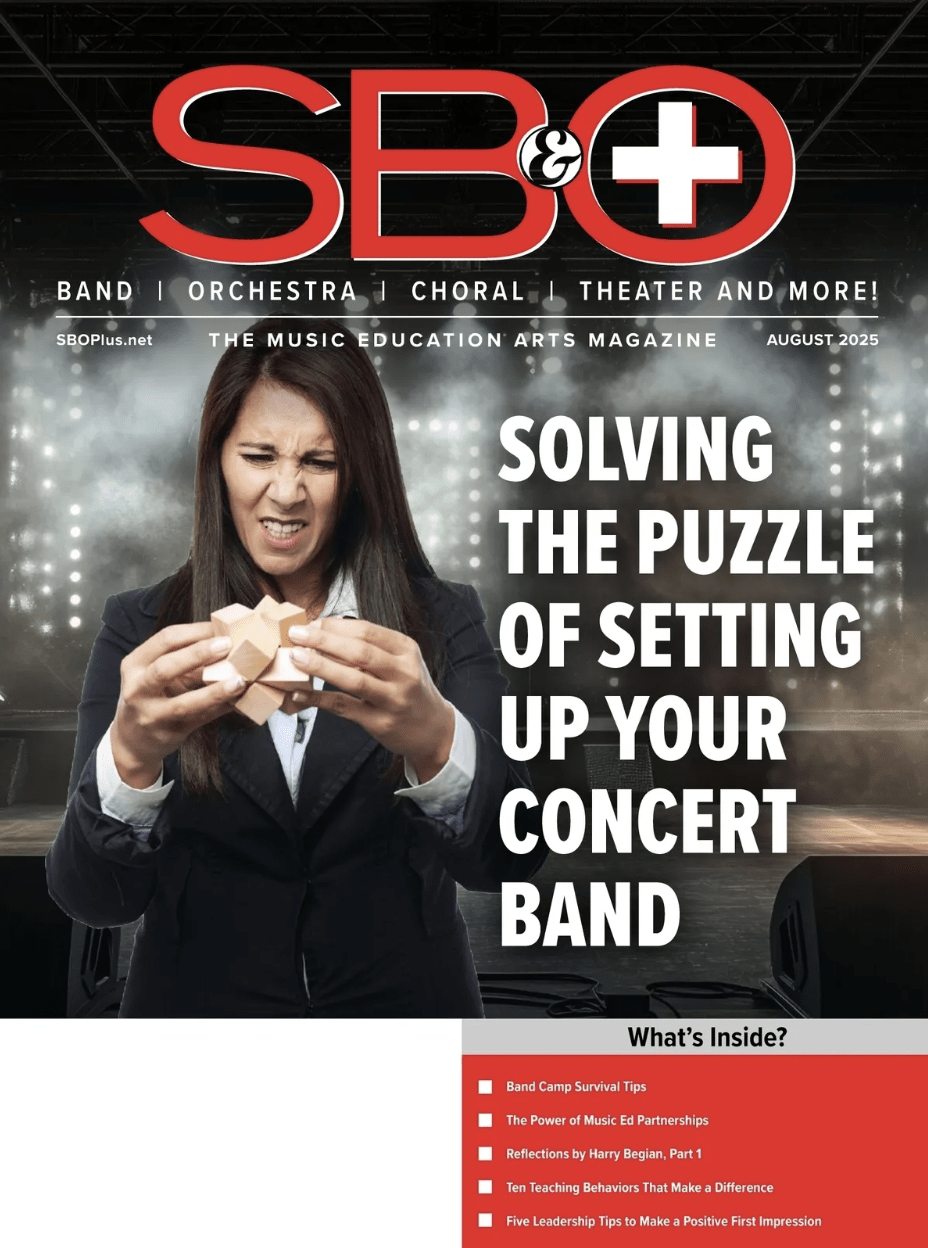 The marimba could possibly be the oldest instrument on Earth. The exact year of its origin isn’t known, but it goes back thousands of years into ancient Africa. The diatonic scale that would eventually be invented in Western music was centuries into the future. As a result, the marimba tones were made up of notes that would not be recognizable to our ear.
The marimba could possibly be the oldest instrument on Earth. The exact year of its origin isn’t known, but it goes back thousands of years into ancient Africa. The diatonic scale that would eventually be invented in Western music was centuries into the future. As a result, the marimba tones were made up of notes that would not be recognizable to our ear.
The notes fell somewhere in between the infinite sonic space of diatonic tones, and probably had their tones produced by pure chance depending on how thick or long the piece of wood was cut. Eventually pentatonic scales were discovered and the wood was cut and tuned to these notes. Ironically, the pentatonic scale would eventually give birth to jazz in the United States a couple thousand years into the future! It is amazing how our present can be traced back to ancient Africa!
The marimba was surrounded by a lot of tradition in Africa, as well as folklore. Oral tradition passed on stories as to how it was invented. Holes were dug in the ground first, and varying pieces of wood were cut from a tree and placed over the holes. The earth itself was the “resonator” for the instrument. The bars would resonate over the holes. Gourds were eventually made and put inside the holes and were attached under the wooded bars. Big dried out and hardened vegetables made great resonators!
The Zulu tribe in Africa has a very magical tale regarding the invention of the marimba. It is said that an ancient goddess named Marimba created the instrument. This goddess obviously was responsible for the music of the tribe. According to folklore, she made the marimba and attached the gourds. Other African tribes have tales of a goddess named Queen Marimba who invented the instrument, where she is called “the mother of song.”
The instrument eventually made its way across the Atlantic Ocean to Central and South America. This occurred in the early 1500s and African slaves were responsible for introducing the instrument to the Americas. It was around this time that the diatonic scale was also discovered, with possible influence from Europeans. A major adaptation was also made to the resonators where wooden pipes replaced the gourds. This did not last long, though. Gourds made their return to the instrument and it became popular in the Mayan civilization around 1680 where gourds were only used. It remained a hit in Central American and was named the official instrument of Guatemala in 1821.
The instrument eventually made its way to Mexico where some very interesting changes happened! They used different types of dried vegetables, even zucchini, and wrapped the vegetables tightly with the intestines of pigs that they slaughtered for food.
Pig intestines gave the instrument a “buzzing” sound when it was struck because the intestines would vibrate on the vegetable resonators. The marimba eventually became the folk instrument of Mexico and it still is to this day! It is more popular than the guitar there. They have marimbas bigger than five octaves where up to five players play them at once. They use mallets wrapped with rubber band material giving them a very bright sound. And yes, they still use pig intestines in many places. In 1892, a Mexican marimba player by the name of Corazón de Jesus Borras Moreno added the chromatic notes by inserting what are known as the black keys on a piano.
Although the marimba is possibly the oldest instrument on Earth aside from hand drums, it is the newest instrument in the United States. It did not become prevalent in the U.S. until the 20th century. Xylophone master Scott Joplin of St. Louis, Missouri is credited for bringing the smaller xylophone version of the marimba into mainstream music in his era with his famous ragtime xylophone virtuosity. The Scott Joplin State Historic Site in St. Louis is a landmark honoring the great musician. In the middle of the 20th century, American universities started to use marimbas as instruments and they made their way into concert band literature, as well as solo literature being composed for them. The greatest composer for bringing marimba solo literature into American culture is the amazing Japanese marimba virtuoso Keiko Abe.





























